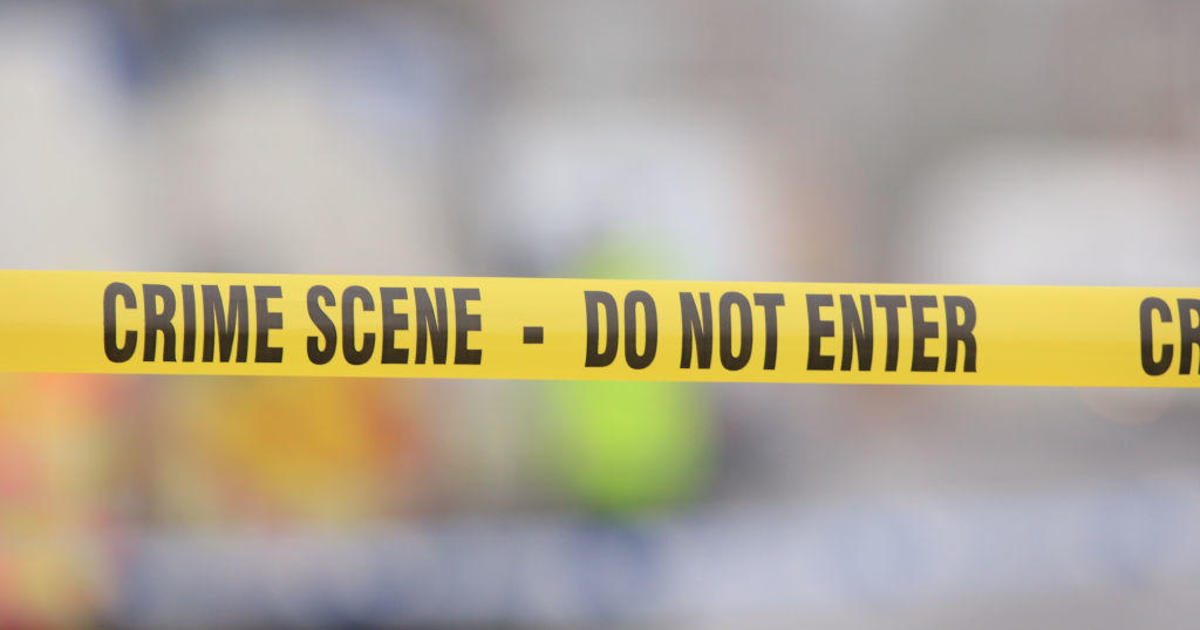CTA Riders Slam CTA Plans To Ease Crowding At Public Hearing
CHICAGO (CBS) -- The CTA's plan to ease crowding at the cost of all or portions of 26 bus routes ran into heavy opposition Tuesday night at the only public hearing on the proposed changes.
"If you had had more meetings around the city or more outreach through surveys, through the neighborhood organizations, you might have been in a better position today," said John Vespo, one of a procession of critics who spoke during the three-hour meeting at CTA headquarters, 567 W. Lake St.
The Northwestern University Traffic Institute worked alongside CTA planners in developing the plan, which CTA President Forrest Claypool said is intended to increase service and reduce crowding on 48 of the most heavily-traveled CTA bus routes and six 'L' lines while trimming all or portions of 26 underperforming bus lines.
"To make good use of this data we developed and applied optimization models to look for ways to balance service offered, measure by bus frequency and ridership, while respecting resource limitation," said Joseph Schofer, associate dean.
LISTEN: WBBM Newsradio's Bob Roberts reports
Podcast
The reliance on statistics angered Vespo and a number of other speakers.
"It's another parking meter deal all over again. That's the perception," said rider Mike Reiter, who said he depends on the 145/Wilson-Michigan Express bus and drew applause.
The Wilson-Michigan Express and the 11/Lincoln routes were the two mentioned most frequently, but riders and employers went to bast for other lines.
"Should it be eliminated, over 100 individuals will immediately lose their jobs," said John Plunkett, president of the non-profit group Harborquest, which partners with CTA on the X98 Avon Express. He said CTA wants to double the underwriting fee Harborquest provides for the route.
Adam Schulman championed the 129/West Loop-South Loop bus, which eh said he finds "always crowded."
One of the more unusual pleas on behalf of the 11/Lincoln bus came from small business owner Jeff Littman, who said six of his employees currently step onto the bus a block from their group home, and are left off a quarter block from work. He said it was a struggle to teach them to do that, and said elimination of the middle portion of the route would force them to try to learn a roundabout transfer that would force them to walk the last four blocks to work.
"They're going to have to call Pace for door-to-door service," he said. "That a whole lot more expensive.
The Pace paratransit fare is $3 each way; the CTA bus fare is $2. But the cost of providing each paratransit ride is $40, said Pace spokesman Patrick Wilmot. Providing such service, which is federally mandated, five days a week to those six riders alone would cost transit agencies $111,000 a year, over and above the fares collected.
Littman said that in itself should be enough for CTA to consider dropping the route segment.
Several riders asked if their comments would make any difference in the decision to be made by the CTA's board later this month, and CTA Chairman Terry Peterson assured them it would.
A handful of riders spoke in favor of the changes, saying the crowding they face day-to-day has become intolerable.
"I hope in the near future that something will be done," said Albert Dent, a southeast side bus rider who said he often has to wait two or three buses to find room to squeeze on board. "We need to be able to get to work."
Dent's comment prompted CTA President Forrest Claypool to respond, "This kind of crowding is unacceptable. That's precisely what this whole plan is all about."
Any service revisions approved by the board would take effect in December, because of union contract restrictions.



